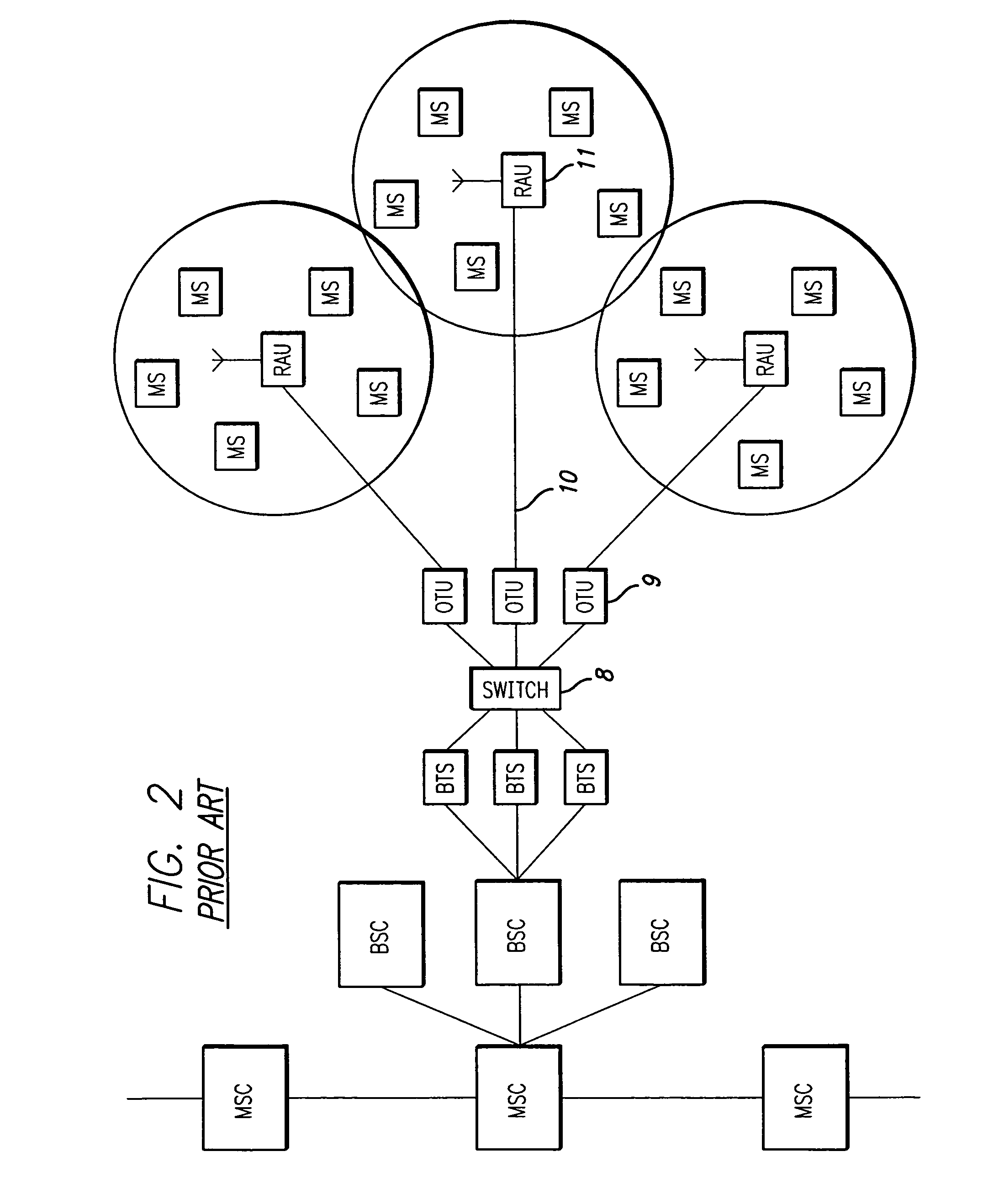Wireless signal distribution system and method
a signal distribution system and wireless technology, applied in the field of wireless communication systems and methods, can solve the problems of reducing operational and maintenance costs, resilience to failure, etc., and achieve the effects of low cost and efficiency, high rf power, and cost-effectiveness
- Summary
- Abstract
- Description
- Claims
- Application Information
AI Technical Summary
Benefits of technology
Problems solved by technology
Method used
Image
Examples
Embodiment Construction
[0025]In the following description of embodiments, reference is made to accompanying drawings which form a part hereof and in which is shown by way of illustration specific embodiments in which the invention may be practiced. It is to be understood that other embodiments may be utilized and structural changes may be made without departing from the scope of the preferred embodiments of the present invention.
[0026]Each of the embodiments discussed below describes a system with transmit, Tx, (forward link), receive, Rx, (reverse link) and receive diversity, RxD, signals. Other situations may also exist, such as systems with no receive diversity or with the addition of transmit diversity (TxD).
[0027]FIGS. 3 and 4 show one embodiment of the present invention, and the following discussion refers to both FIG. 3 and FIG. 4. FIG. 3 depicts a uni-directional single fiber ring 12 with one BTS hotel 13 and eight remote antenna nodes 14. FIG. 4 illustrates in detail one of the nodes 14. In this ...
PUM
 Login to View More
Login to View More Abstract
Description
Claims
Application Information
 Login to View More
Login to View More - R&D
- Intellectual Property
- Life Sciences
- Materials
- Tech Scout
- Unparalleled Data Quality
- Higher Quality Content
- 60% Fewer Hallucinations
Browse by: Latest US Patents, China's latest patents, Technical Efficacy Thesaurus, Application Domain, Technology Topic, Popular Technical Reports.
© 2025 PatSnap. All rights reserved.Legal|Privacy policy|Modern Slavery Act Transparency Statement|Sitemap|About US| Contact US: help@patsnap.com



